Top 11 Amazon Selling Tips for Black Friday and Cyber Monday
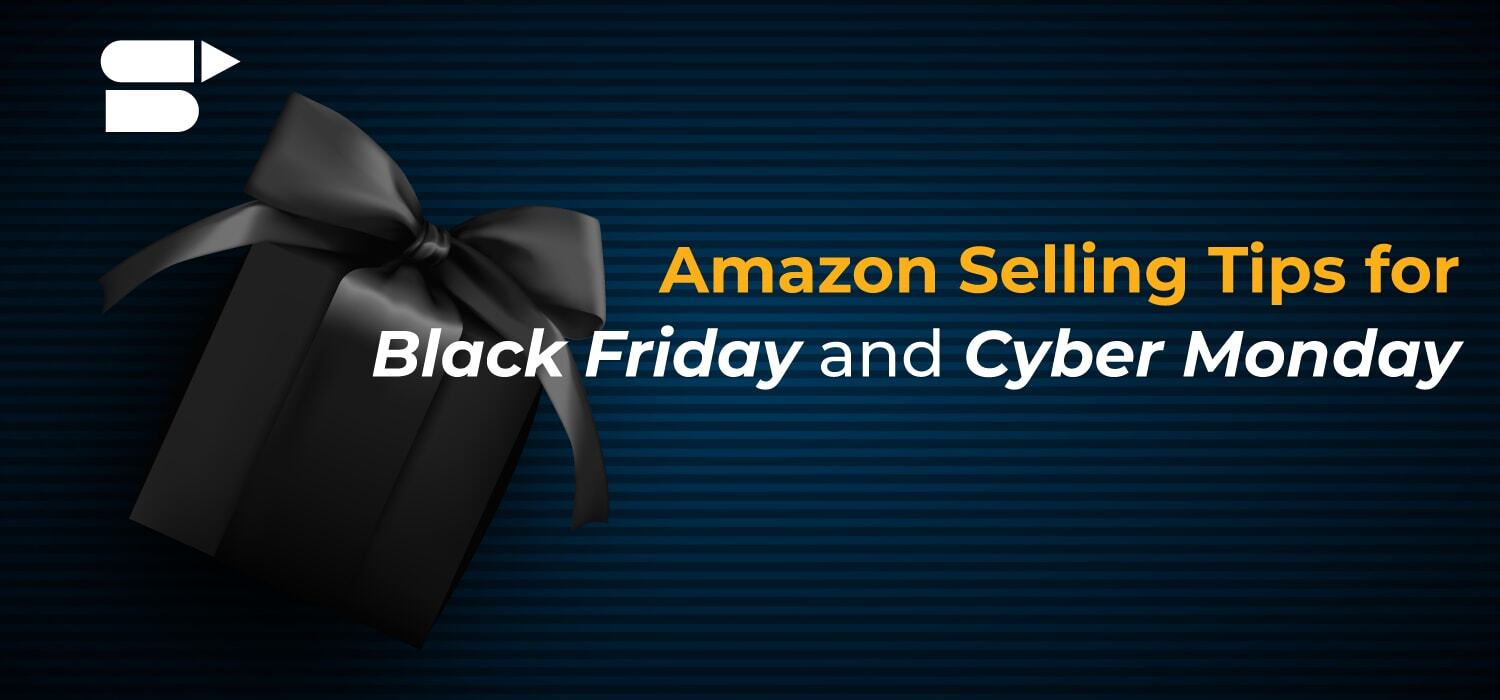
It’s no surprise that Black Friday & Cyber Monday are going to be different this year. With people working from home, and shoppers being cautious, the buying patterns and customer expectations have shifted dramatically.
Despite the current situation, online shoppers are rushing to shop during Black Friday and Cyber Monday. So this holiday season will see a continued shift to e-commerce as shoppers try to avoid crowds and minimize their shopping trips to brick and mortar stores.
Amazon Black Friday Tips for Sellers
If you are an Amazon or e-commerce seller, it is vital to ramp up your holiday selling preparations. You need to ensure that your campaign strategies and promotions are on point.
So, we decided to give you some Black Friday and Cyber Monday tips that will help you navigate through the stressful holiday season.
Here’s a quick peek into our Black Friday tips:
- Stay ahead with the consumer trends
- Most of the Black Friday ‘deals’ are not on Friday
- Have a backup plan
- Leverage data
- Pick, pack, and ship effectively
- Hassle-free returns and expedited delivery
- Excellent customer service
- Get a grip on your social media marketing
- Market your products to millennials
- Optimize your listings – Include holiday search terms
- Ramp up your advertising strategies
#1 Stay ahead with the consumer trends
Stay tuned to the consumer shopping trends and news sources. Follow reliable sources that monitor and report retail news and changing consumer shopping trends. Talk to buyers and sellers to learn about their opinions and insights. This will help you figure out what’s trending in the e-commerce industry at the moment.
You can also follow the SellerApp Youtube channel where we share beginner to advanced tips for e-commerce sellers and introduce you to industry experts where they speak about their Amazon and e-commerce journey.
#2 Most of the Black Friday ‘deals’ are not on Friday
Skilled Amazon sellers might be aware that most of the Black Friday deals start much ahead of time and last until a week later. So prepare and pay attention to the sales during and after Black Friday.
Recommended Guide: Amazon Lightning Deals.
#3 Have a backup plan
Being prepared includes preparing for the worst. To be prepared, your business operations must be reassessed and restructured.
Do you have a backup plan if things go south? What happens if your inventory isn’t prepared to handle the holiday demand? Will you be able to ship within the estimated shipping date?
It is important to prepare for tough situations considering today’s e-commerce landscape. Ensure you have a robust system in place to handle the holiday rush.
#4 Leverage data
Leveraging analytics will help you make smart and strategic decisions. It will aid you in streamlining your operations accordingly. Analyze your sales and inventory data for the last year or two. There is a whole world of data that can help you make informed choices. However, you need to find the right data. While observing trends and data, here are a few things to keep in mind:
- Analyze your sales data for the past few months (since the pandemic) and also for the last year or two.
- Identify best-selling products in your portfolio as well as in your niche.
- Identify your peak sales days and products that have the potential to perform well.
- Take a look at your competitor’s data and analyze metrics such as keyword positions, rankings, search volume, and CPC rates. Target the top-converting keywords in your listings and PPC campaigns. You can also use the SellerApp free chrome extension to track your competition.
- You need to cover all your bases when it comes to holiday selling strategies. Make sure you set alerts for price changes, Buy Box, etc. SellerApp business alerts will help you stay informed about critical product changes on Amazon. You’ll be alerted as soon as a competitor changes his product price or lost Buy Box, and so on. Being prepared is crucial for holiday sales.
#5 Pick, pack, and ship effectively
Prepare your inventory to handle the product demand. This applies not only to Black Friday and Cyber Monday but also to the upcoming Christmas and New Year’s Eve.
One of the reasons behind Amazon FBA’s success is its warehouse and order fulfillment. So if you are not relying on Amazon FBA, you should amp up your warehouse and fulfillment strategies.
Pick your products early. Keep in mind that suppliers may not be operating to their maximum efficacy since the pandemic started. So it’s important to forecast your sales and identify the right quantities to stock up.
- Use ABC analysis to identify the best and worst-performing products to get your inventory right for this holiday season.
- Categorize your orders based on customers’ priority. Organize products based on the chosen delivery method.
- Different types of products demand different packaging requirements. Group your products accordingly.
Recommended Guide: 10 ways to reduce your Amazon pick and pack fees.
#6 Hassle-free returns and expedited delivery
Most of the buyers feel more rushed during Black Friday and Cyber Monday than at the other times of the year. Ensure hassle-free returns to make their shopping experience better. Devise a stellar return policy.
With Amazon Prime, expedited delivery has become a norm in the e-commerce world. With the holiday rush, you need to ensure cost-effective and time-efficient strategies to spice up your holiday sales. According to a research study, 78% of holiday shoppers are more likely to buy a product if they are offered same-day delivery. Along with that, Salesforce reported that 85% of holiday orders offered free delivery in 2019.
Considering the Q4 sales, Amazon FBA is a smart move with attractive shipping options. Besides, FBA takes care of your customer service, delivery, returns, and refunds. This gives you room to focus on your product and brand marketing strategies.
#7 Excellent customer service
We all know that Black Friday and Cyber Monday are a few of the busiest days of the year for e-commerce sellers. If you are selling using FBA, Amazon handles your customer service. If you are selling through FBM (Fulfillment by Merchant), then you need to ensure that your customer service is ready to handle the shopping rush. They need to be quick, courteous, and easily available to your customers. Customers wouldn’t appreciate it if they don’t get a response within time. In some cases, it may lead to negative reviews and feedback.
#8 Get a grip on your social media marketing
You should know which platform works well for your business. It can be blogs, videos, Instagram, Facebook, etc. Include them as part of your conversion funnel and:
- To drive traffic directly to your Amazon listings and landing pages
- Actively engage your customers
If you are creating campaigns on social platforms, you need to have a plan with a goal of what you want to achieve. Regardless of your paid advertising strategy, you should promote your products on social media to stay on top of your customers’ minds.
#9 Market your products to millennials
Regardless of your target audience, you need to consider including generational marketing strategies. Market your products to generations, especially millennials. Why? Millennials are the largest group for ‘generational marketing,’ especially in the US (Source). They have strong purchasing power which can aid them to make expensive purchases.
However, you can’t simply target them based on their age. Millennials are a different kind of audience. You need to offer something different. Here are a few things to consider while targeting millennials in your ad campaigns.
- Consider looking into their behavioral insights. Refine your campaigns based on the insights you get.
- Create campaigns based on their interests. Give them a reason to buy your product. Around 50% of the millennials prefer to buy from brands if their purchase supports a cause. Some of them include recycling, cruelty-free, zero-waste, etc.
- Consider looking into their demographics by location. Tweak your campaigns, videos, and refine your messaging based on their demographics. For example, customers of Amazon India would be more price-sensitive than Amazon US customers, so you need to change your marketing strategy accordingly.
- Use influencer marketing to engage and target your audience.
#10 Optimize your listings – Include holiday search terms
Though Amazon does not allow words such as ‘deals,’ ‘sale,’ ‘best,’ etc. in your listings, you can still use holiday search terms that are relevant to your product like ‘gifts,’ ‘party decor,’ etc.
Ensure that your product listings are well-optimized. You need to optimize them with the right search terms and high-converting keywords. Use SellerApp Reverse ASIN to find higher ranking keywords from your competitors’ listings.
#11 Ramp up your advertising strategies
Optimize your campaigns regularly to ensure maximum conversions and stay within budget. Use Amazon-sponsored ads to target every part of your sales funnels. Redirect sponsored brand ads to personalized landing pages with your top-selling products.
Make sure your ads are running before, during, and after the holiday season. You’ll experience a huge amount of customer searches, so it’s important to ensure that your products show on top of the results.
Use day-parting and targeting options effectively. Eliminate the keywords that generate little to no sales. Optimize your keywords and ensure that you are staying within your target ACoS.
You can use SellerApp’s advertising feature to identify the search terms that have higher ACoS and optimize them for the best results.
Note: Tailor your ad campaigns to fit your business goals. It’s often easy to get lost amid the holiday rush. However, you need to optimize your advertising KPIs such as conversion rate, click-through rate, CPC, etc. based on your end goals.
Few points to remember:
With more consumers turning online to shop, it is imperative to get creative and stand out amidst the online noise. Here are a few steps that will help you in the process:
- Define your goals and metrics that determine your success for this 4th quarter.
- Engage your customers in the right channels.
- Create dedicated conversion channels for product listings. You can use Amazon stores, your blog, or website for this.
- Time your promotions and posts strategically.
- Do not neglect email marketing. Email campaigns have a significant conversion rate year-round as well as during the holiday season. Recently, SaleCycle found that emails outperform during Black Friday and Cyber Monday promotions. So use the email campaigns to retarget your customers and upsell your products.
This 2020 holiday shopping season is going to be busier than ever before. So, make sure you follow all the above-mentioned steps and prepare yourself to reap higher profits. If you have more queries, drop us an email at support@sellerapp.com.
Happy selling!
Additional Resource:
Buying an Amazon FBA Business.
Firefighting Negative Reviews on Amazon.
Amazon Prime Day 2021 surpasses


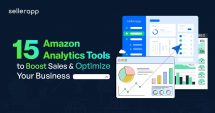

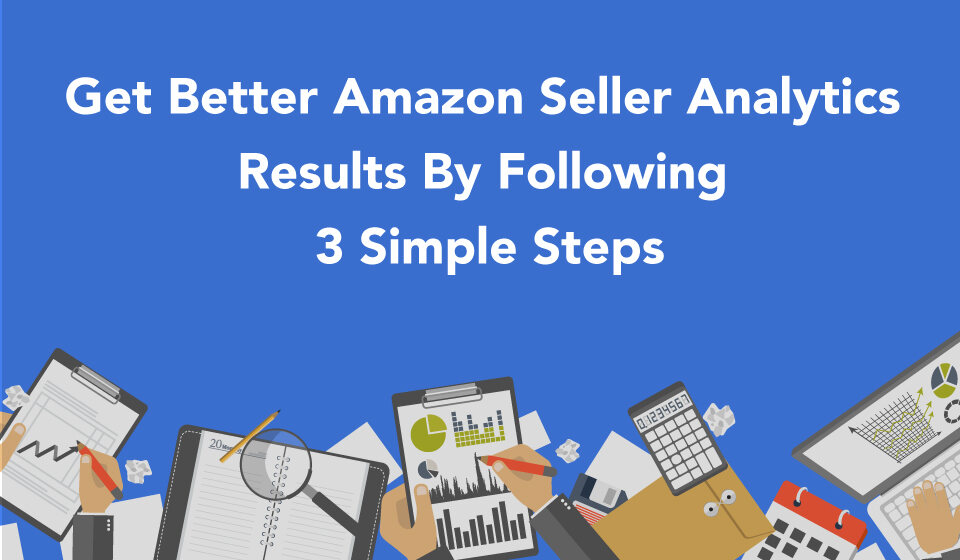
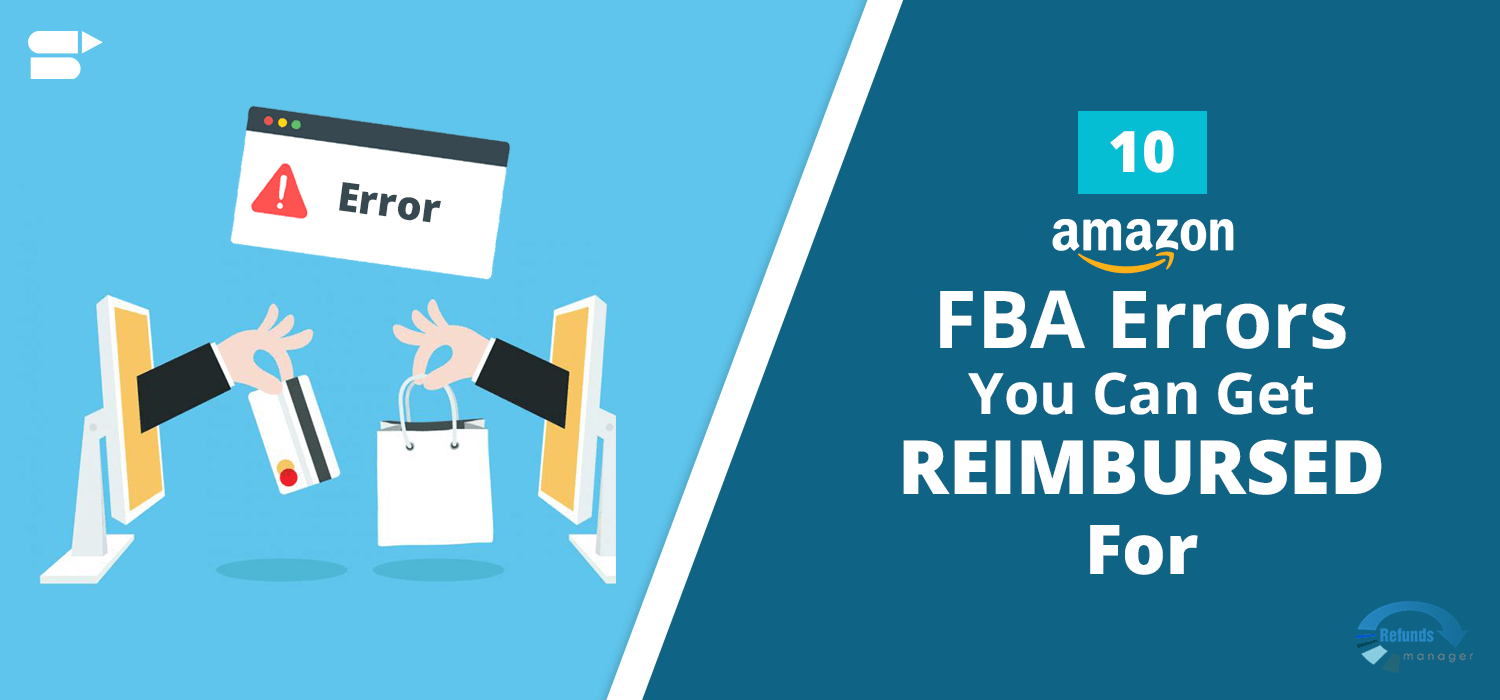
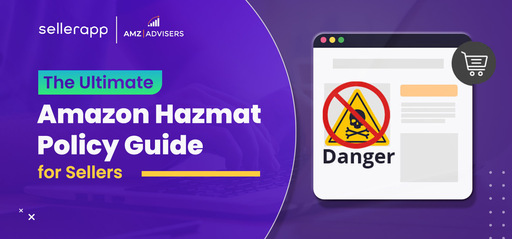
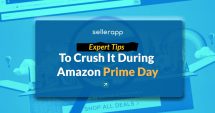
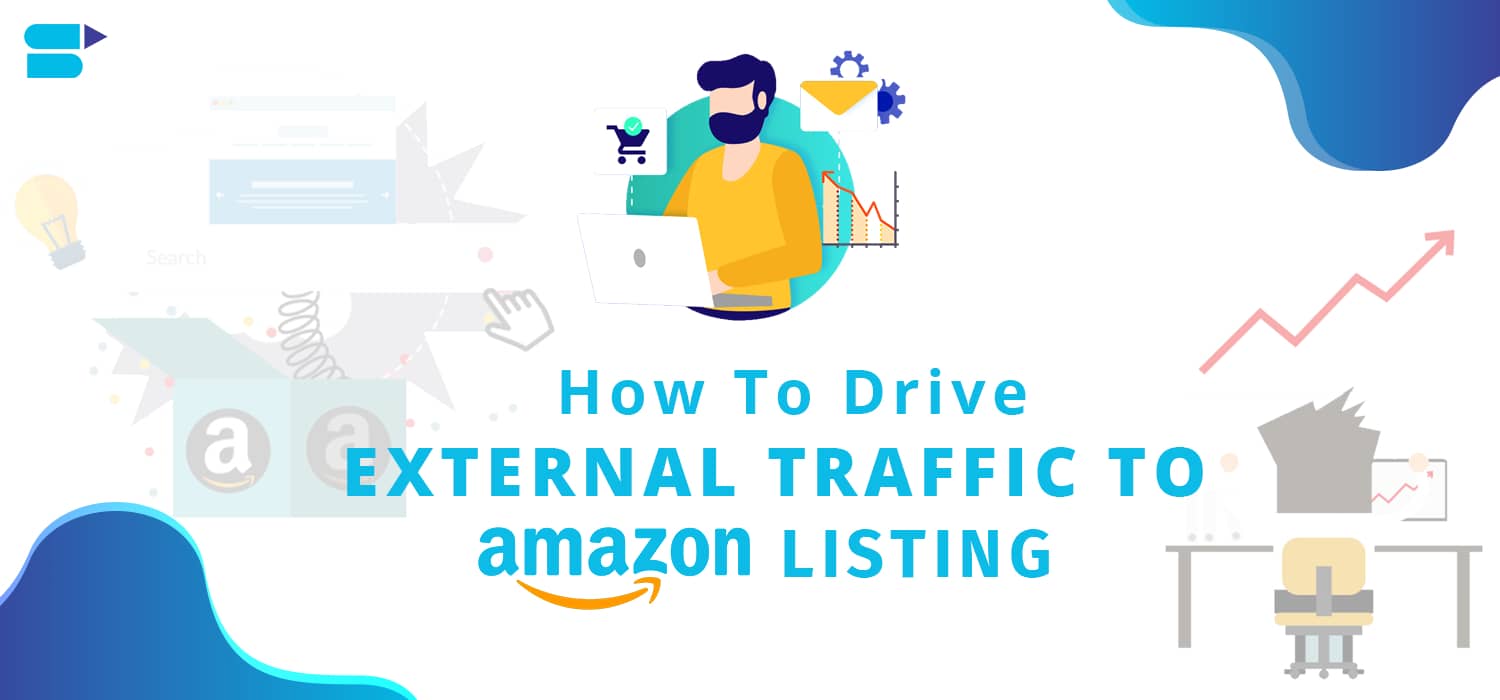

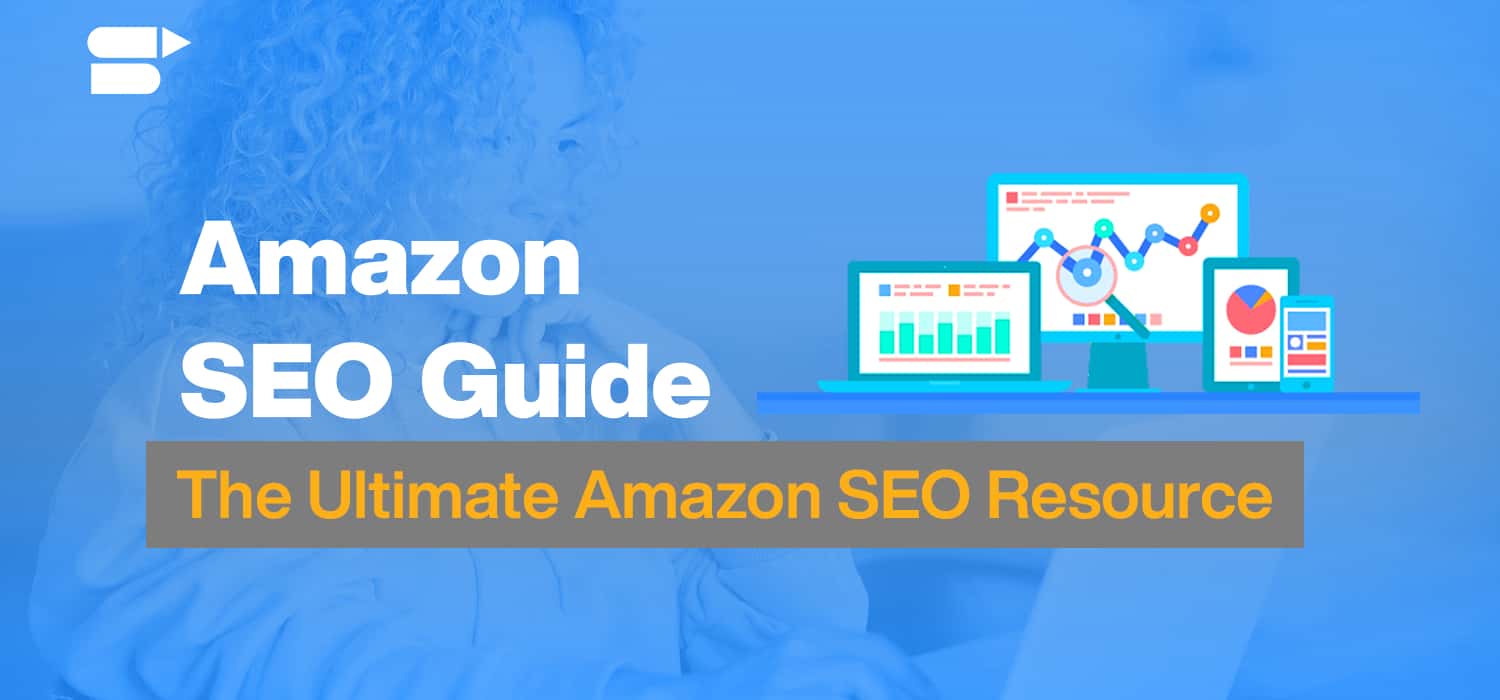
Greyson
January 9, 2021Thank you for all this great informative stuff and blog posts!
Arishekar N
August 13, 2021We are happy to hear that you liked the blog.